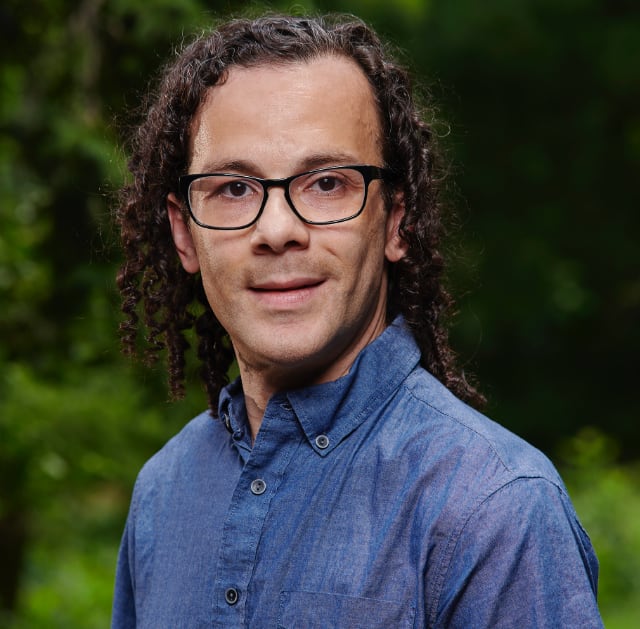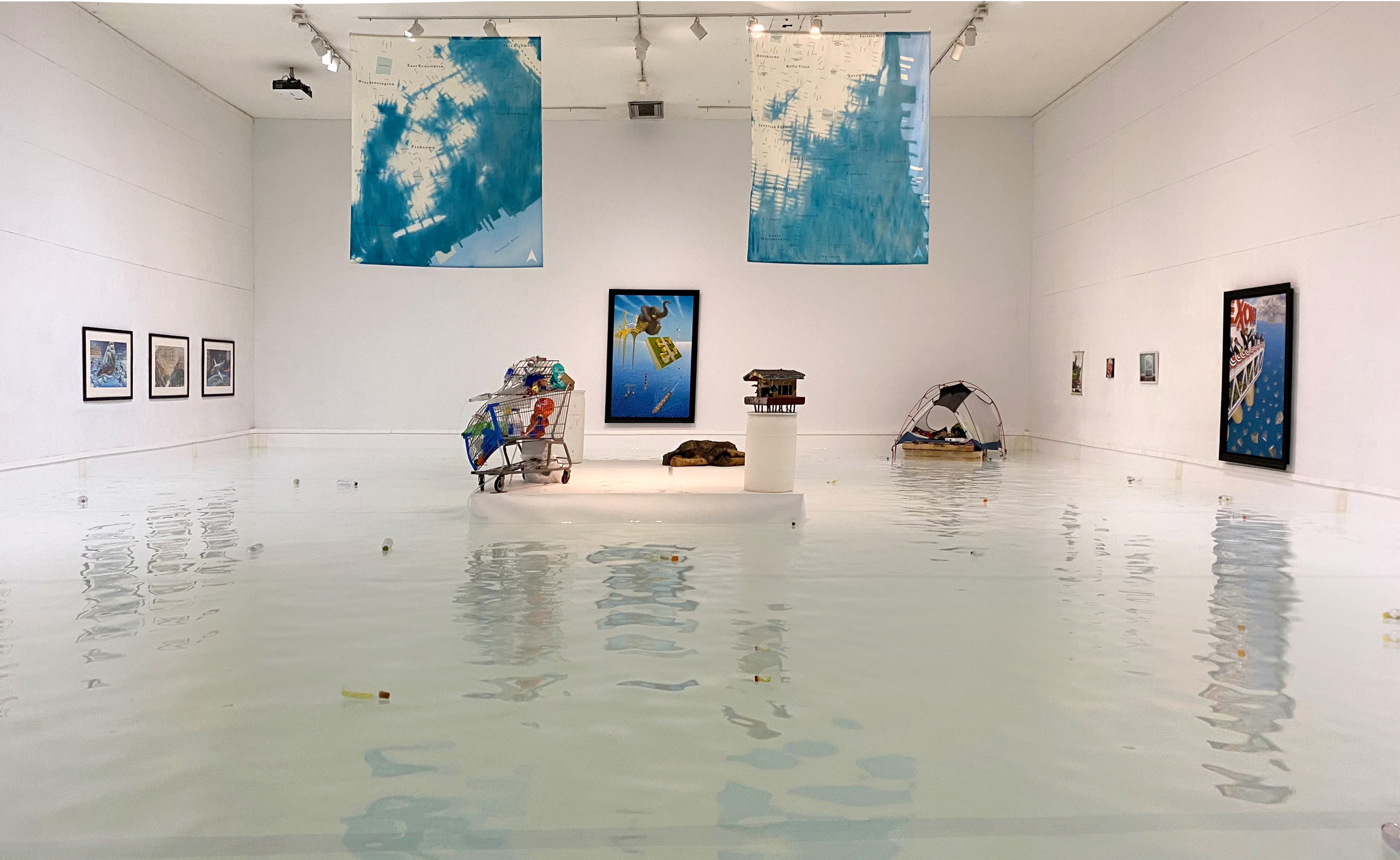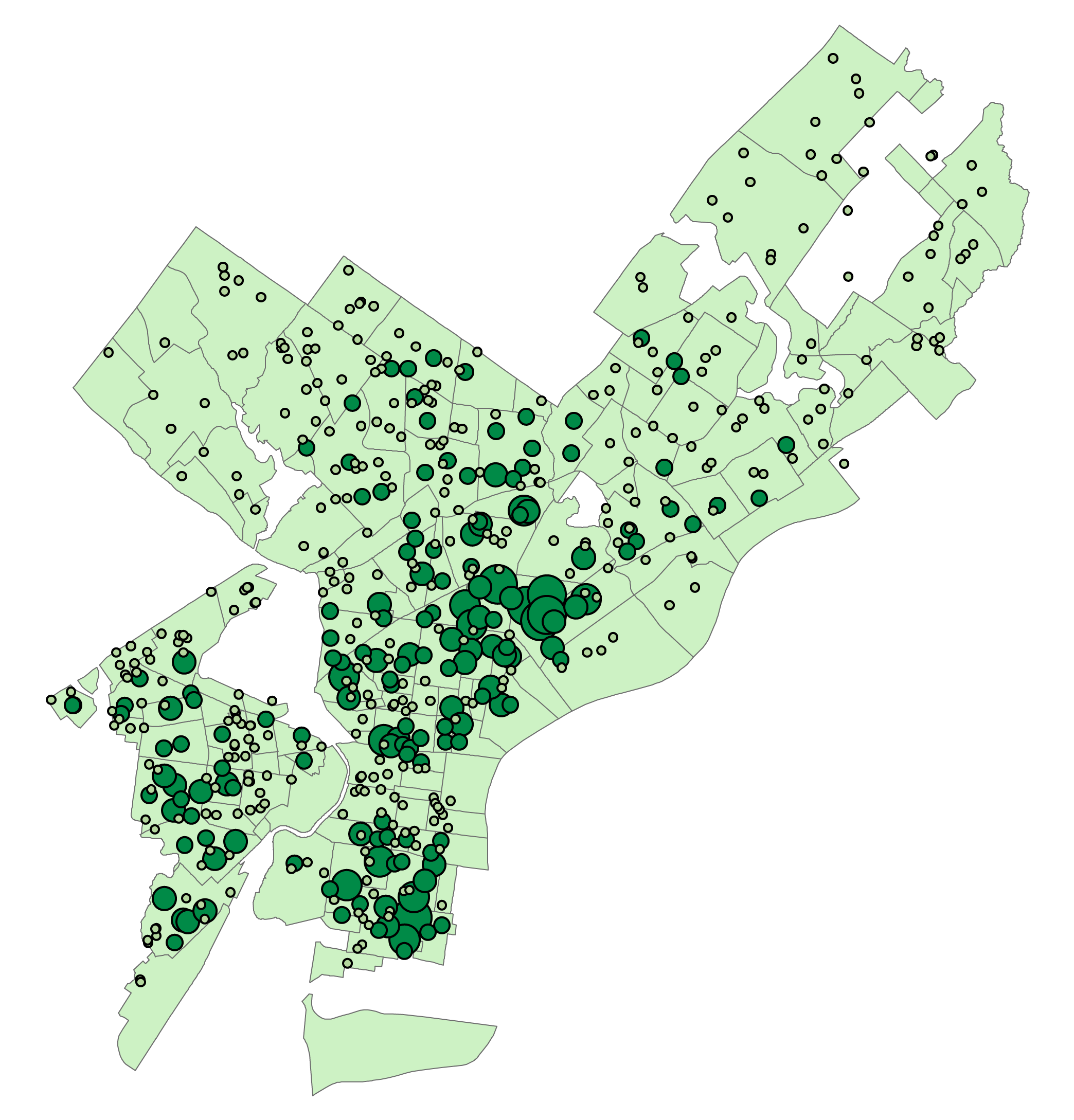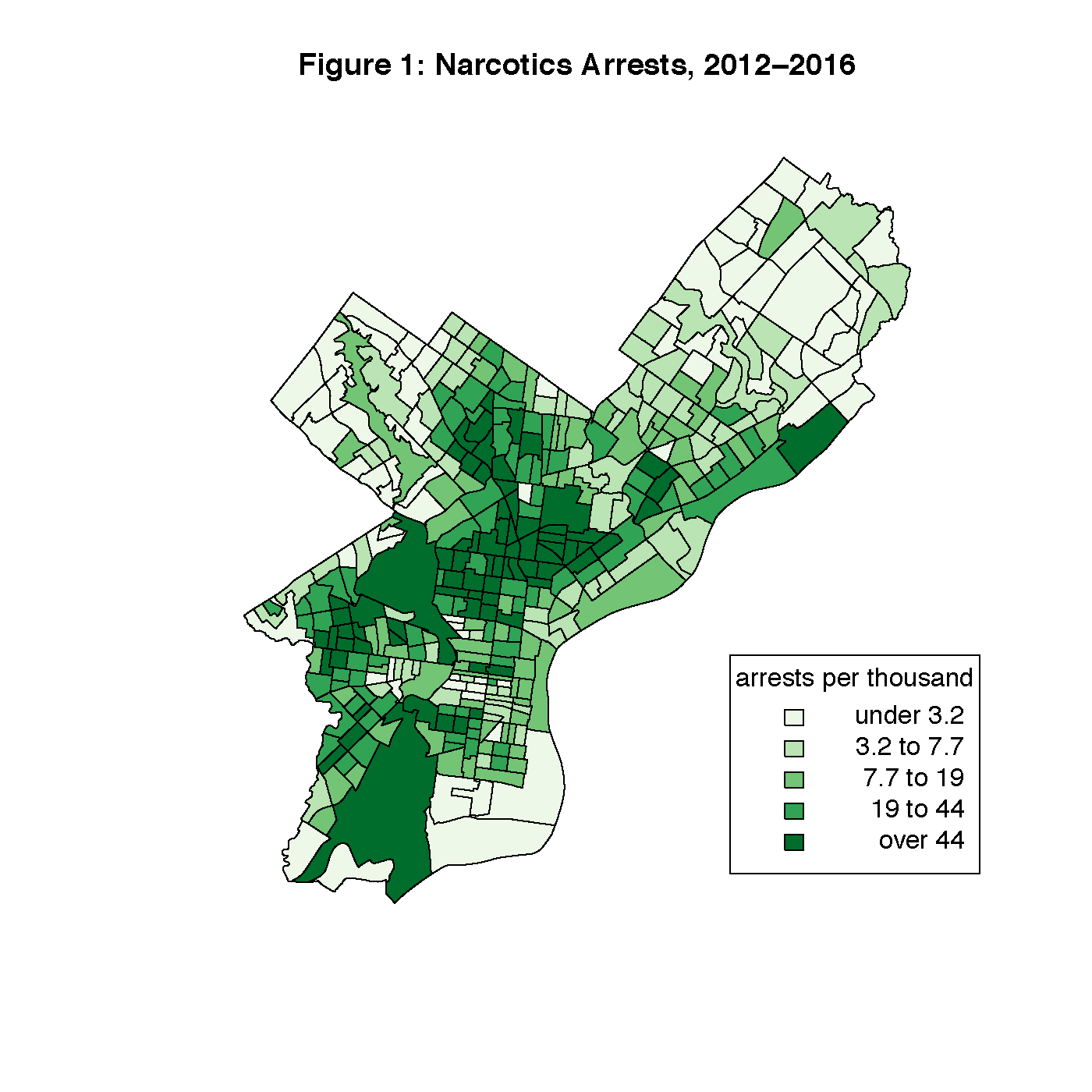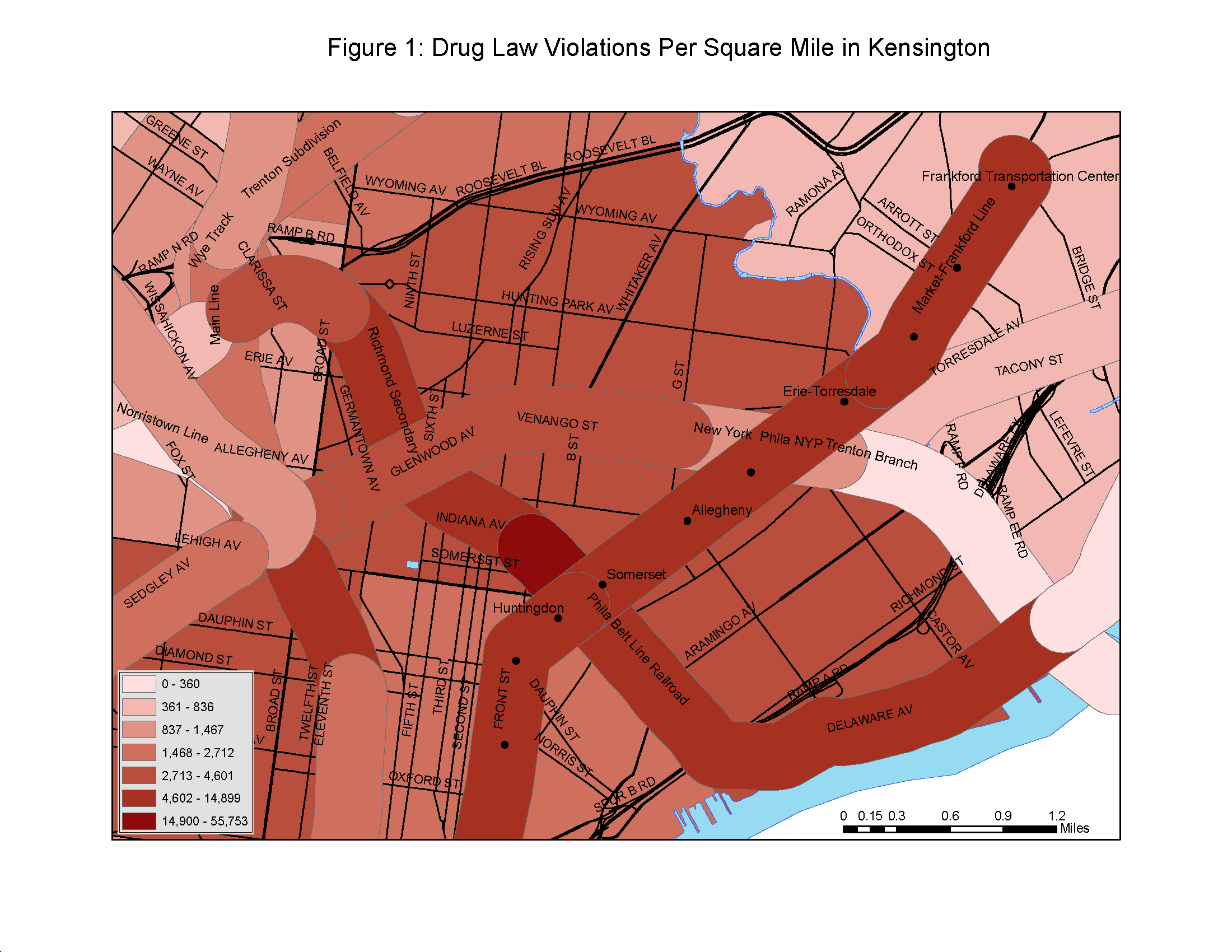Climate Change Maps
I recently contributed two very large maps to FEMA: Fear Environmental Mayhem Ahead, an exhibition whose goal was to draw attention to the looming crisis that climate change presents. We decided to create maps of flooded Philadelphia neighborhoods to demonstrate that this is not just a worry for small islands, but a problem that will affect us directly.
